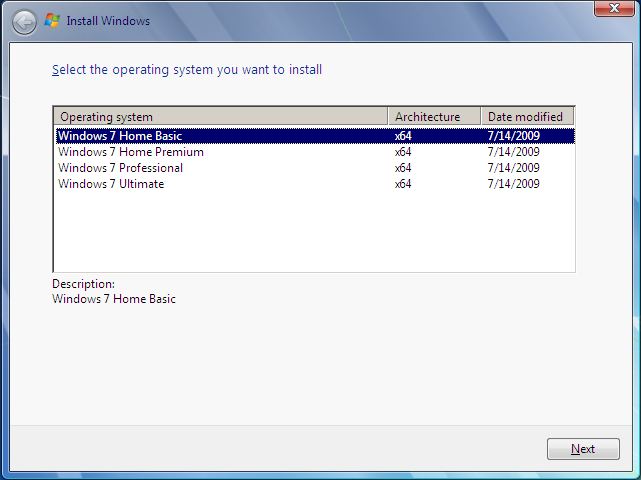I’m building my redundant DNS server setup. DNS is short for Domain Name System.
Very basically explained DNS translates domain names into IP addresses and vice versa.
You can find more information about DNS on wikipedia article:
http://en.wikipedia.org/wiki/Domain_Name_System
I’ll be installing my DNS server on a SUSE Linux Enterprise Server (SLES) hosted on a vmware virtual environment. The DNS software I’ll be using is BIND (Berkeley Internet Name Domain).
I’m choosing to use BIND because there is a lot of information out there about BIND and it is the de facto standard DNS server software if you are running a Unix-like OS.
These are the features I want:
- Run a DNS to resolve internal and external domain names into IP addresses and vice versa.
(the internal domain name will be biolizards.local, the ip range will be 172.30.0.0/16) - Make my DNS server Redundant against server outage
I will split this guide in 2 posts:
DNS step 1: Setting up a BIND master DNS server on SLES





Recent Comments